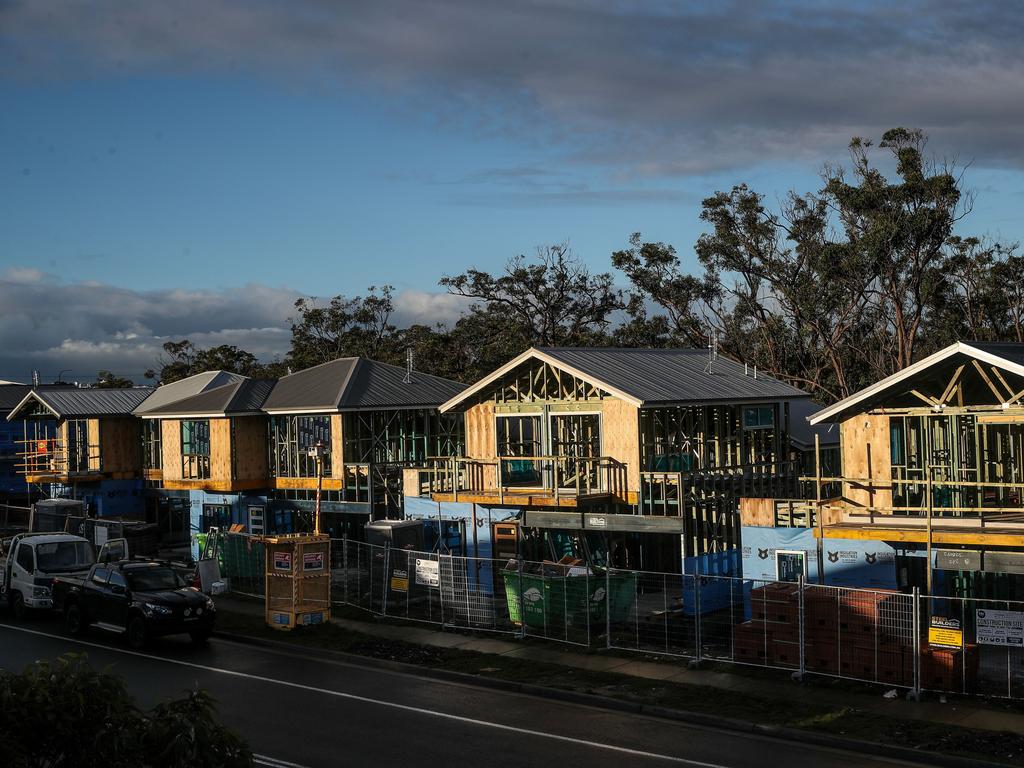

- Originally Published on The Australian
- April 5–6, 2025
- By Tom Dusevic
If Peter Dutton becomes prime minister he promises to introduce what he believes are four critical pieces of legislation on the first sitting day of the 48th parliament. One bill will be to reduce energy prices, another will be about keeping Australians safe; a third will be to guarantee funding for health, education and essential services. The fourth proposed measure is headlined The Lower Immigration and More Homes for Australians Bill.
“This is my signal to the Australian people of what my priorities will be in government,” the Opposition Leader said of his legislative quartet wish list in last week’s budget-in-reply speech.
The second goal of that last bill is at least on message for the key issue in housing: supply. But the first part of the title is redundant.
Forgive me for reviving an ancient tool of voter vibe but the worm has turned on Big Australia. The post-pandemic people surge is fading. Whoever wins on May 3 will inherit a normal migration inflow, but the pandemic’s long tail of havoc on home building will take years to settle down.
Unsurprisingly, housing affordability is near the top of voter concerns. According to Hugh Hartigan, even with a big outflow of foreigners during the pandemic, a sharp decline in average household size due to working from home led to an estimated 120,000 additional households.
“This unexpected shift helped offset the demand shock, which is why rents did not fall in a sustained way during this period,” the former head of research at Housing Australia tells Inquirer.
“Public concern about the impact of population growth on housing affordability is likely to be amplified during periods of constrained housing supply.”
He recalls the obverse case in the 2010s, when Sydney’s housing supply was strong relative to demand; rents grew in line with or more slowly than incomes.
The Coalition is trying to convince the electorate the post-pandemic population boom was caused by Labor; uncontrolled and unsustainable migration, it argues, is the reason roads and services are stressed, homes are so expensive, young people are shut out of the market and more people are homeless.
“Labor is neither in control of migration, nor has it kept migration at sustainable levels,” Dutton said. “And Australians know it. I don’t want young Australians locked out of the property market or having to rely on the bank of mum and dad.”
To reduce demand, Dutton promises to cut permanent migration by one-quarter (to 140,000 places), cap foreign student numbers and ban foreigners from buying an existing home. Slashing the skills-based permanent intake is a bad idea. This year 71 per cent of the 185,000 places in the program are for the skilled stream, with the rest reserved for family reunion (predominantly partners)
As the Department of Home Affairs notes in its annual stocktake, “around 60 per cent of visas under the Migration Program are granted to migrants already onshore and in the community, residing in established households at the time of visa grant”. For anyone who still thinks there’s a queue of people at our distant embassies applying to bring a family here, that notion was junked decades ago.
Many who should know better mix and mash up population growth, the permanent program, temporary visas and net overseas migration or NOM. Dutton, for instance, claims Labor has brought in a million people through the migration program. As a former home affairs minister he knows the distinctions. During the three-year post Covid catch-up, the migration program has granted 570,000 permanent visas, or an annual average of 190,000 places. In the Coalition’s six years of pre-Covid rule, the average was 179,000.
The NOM – which is the number of people added to (or subtracted from) the population due to migration – has been much higher. Official numbers come with a lag because of the 12/16 rule; a traveller must have spent 12 of the past 16 months in or out of Australia to be counted as an arrival or departure.
Treasury’s budget estimates show NOM for the past three years to be: 536,000, 435,000 and 335,000 (forecast for 2024-25). That’s 1.3 million more foreigners, mainly students, workers and backpackers. Add in an estimated 310,000 due to natural increase (births less deaths) and the population has grown by 6.3 per cent………
Download the PDF to read full blog:
